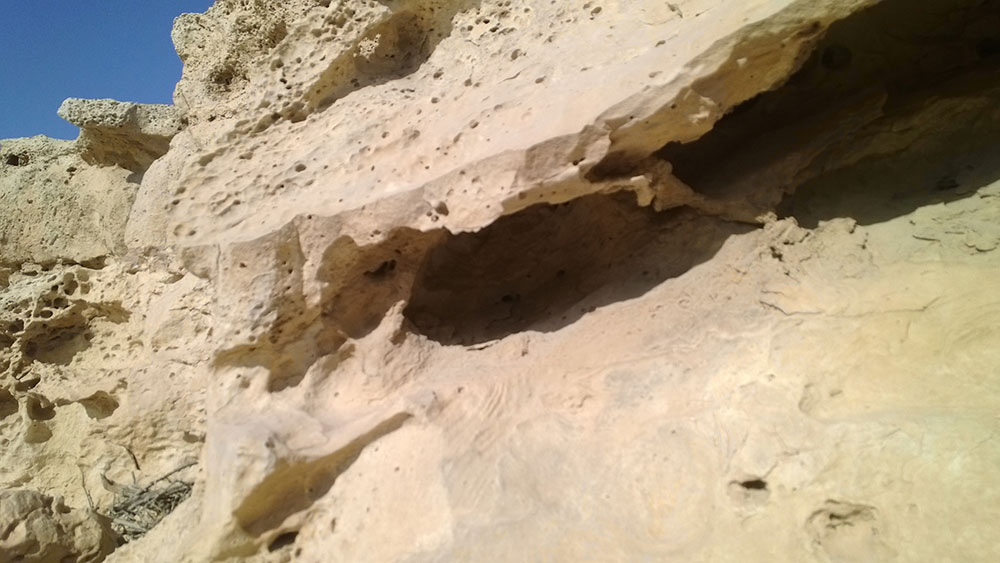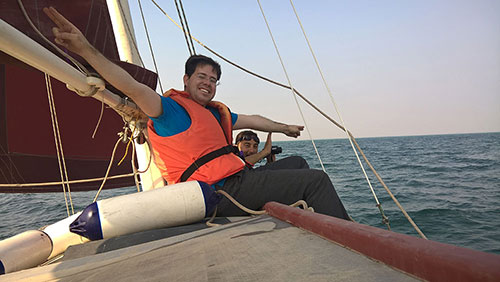
Aramco Yatch club
One of the most enjoyable activities at Aramco.
Its origins began in 1933 when the Saudi Arabian government signed a landmark agreement with Standard Oil of California (now Chevron) giving them permission to explore the country for oil. After an initial unsuccessful campaign, Texaco joined efforts with SoCal in 1936. The first success occurred in 1938 when the seventh well (Dammam Number 7) stuck oil on Dammam field, a group of prominent limestone hills. This success completely changed the landscape in Saudi Arabia. Decision was taken to build a base camp in the vicinities of the newly discovered oil field to start developing this new discovery. Dhahran camp, where I currently live, was born.
Shortly after oil was discovered south of Dammam, first in Abqaiq in 1940. Astonishing, discoveries were made immediately after it, Ain Dar 1948, Haradh 1949, Uthmaniyah 1951, Shedgum 1952 and finally Hawiyah in 1953. All these fields were hydraulic connected, i.e. there were in reality a single super giant field spanning over 250 km, the Ghawar field. The oil wealthy had arrived in Saudi Arabia. Saudi Arabia invested these revenues into the development of their infrastructure. This led to an intense struggle to ensure a constant revenue stream. However neither the production nor the sales price were under government’s control. The "participation" issue, emerged in the 1960s. On August 9, 1960, the Standard Oil of New Jersey, decided unilaterally to shave 14 percent off the posted price, in order to increase its competitiveness in Europe vis-à-vis Soviet crude exports. Other companies followed suit with the price cut and fueled the outrage of the oil-exporting countries. The ground was laid down to the formation of a consortium of producing countries, OPEC was stablished on September 1960.
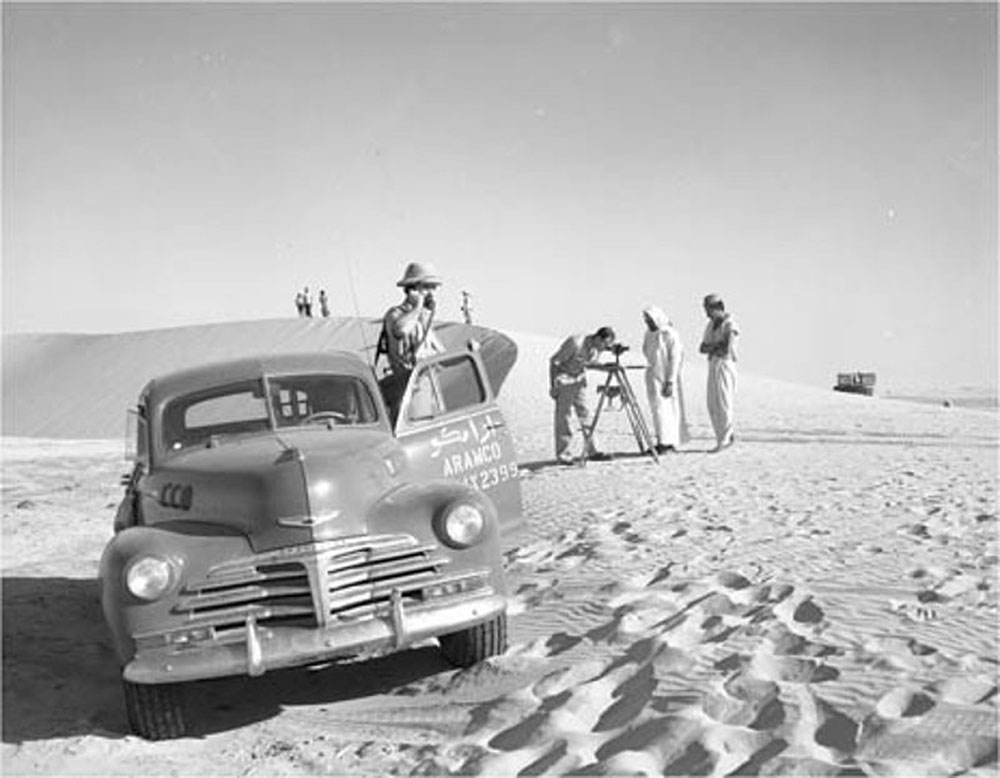
The weakness of the crude oil market continued through the 1960s, due to the emergence of Iran as the second major producer in the region. The freezing of posted prices over the 1960s meant that an oil exporter's only means to protect its revenues from being eroded by inflation was to increase production. Between 1960 and 1970, Iran's production increased by 258 percent or 2.8 million barrels per day compared to the Saudi increase of 189 percent or 2.5 million barrels per day. However, by 1970, both Saudi and Iranian oil production had reached around 3.8 million barrels per day. The supply conditions in the crude oil market became markedly tighter in the early 1970s. In 1972, Aramco managed not only to increase production by an unprecedented 1.2 million barrels per day to six million barrels per day but also succeeded in increasing the posted price. The market conditions placed the government in a much stronger position from which to negotiate with the Aramco partners over Saudi participation.
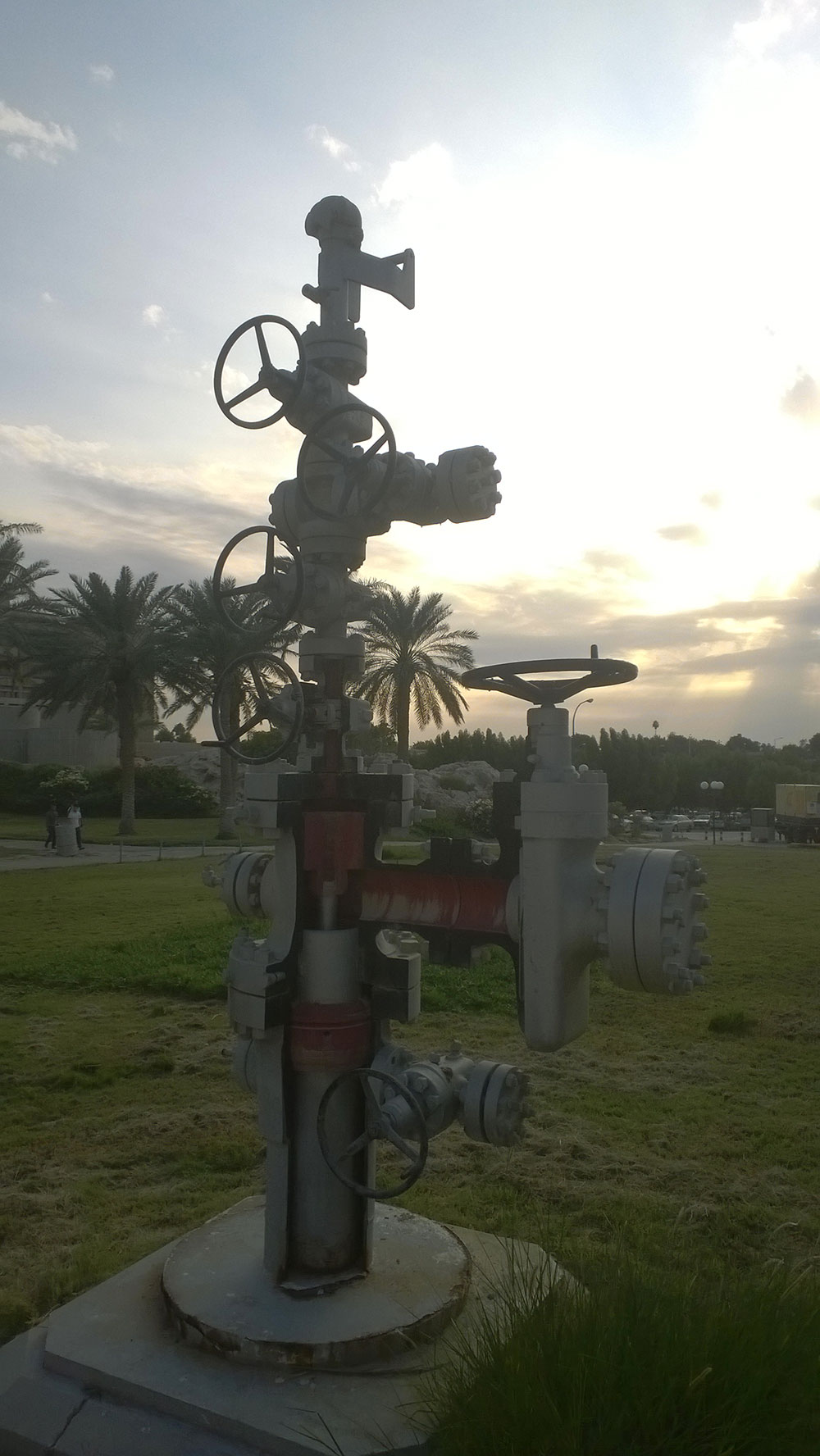
The oil price rises of 1973-1974 had a dramatic effect on revenues. The effect on government revenues of increases in the oil price, taxation, and production from 3.8 million barrels per day in 1970 to an all-time high of 9.9 million barrels per day in 1980 was such that the economy could no longer absorb the funds available to it and was, therefore, generating a surplus. With their newly acquired interest, the Saudi government began to involve Aramco in the reinvestment of that surplus. In 1975, Aramco was given the task of constructing and operating a gas system that could fuel Saudi Arabia's drive towards industrialization. The master gas system (MGS), as it came to be known, started operation in 1980.

However, this large price increase during 1973 and 1979-1980 led to inter-fuel substitution, such as the substitution of oil for gas, and conservation measures being implemented by the Organization for Economic Cooperation and Development (OECD) countries that brought about a collapse in world oil demand. Coupled with the sharp increase in oil supplies from non-OPEC regions, such as the North Sea, from 32.9 million barrels per day in 1980 to 37.8 million barrels per day in 1985, Saudi Arabia was faced with the no-win choice of either cutting production to maintain the official selling price or cutting prices and flooding the market. Between 1980 and 1985, Saudi Arabia cut production from 9.9 million barrels per day to four million barrels per day.
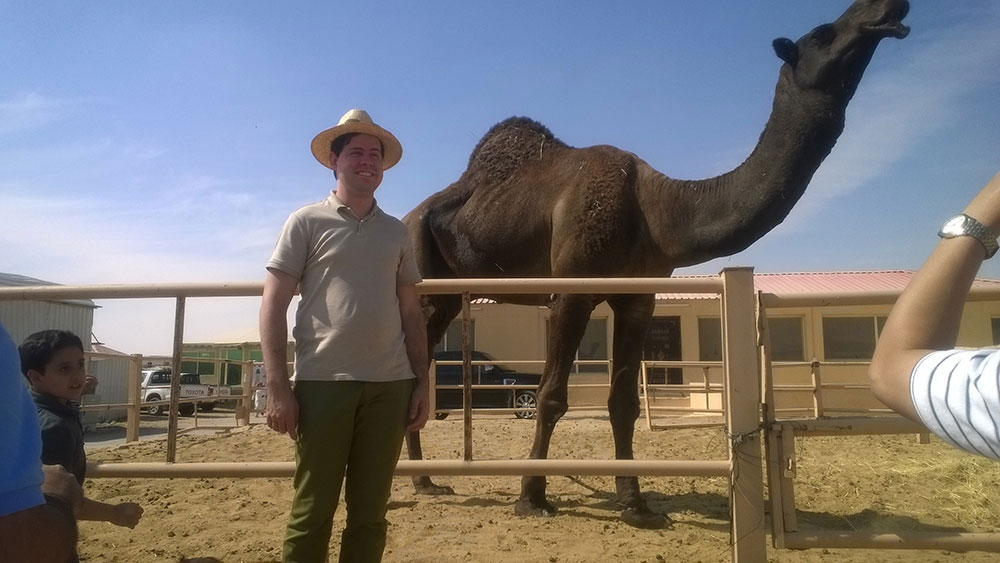
By 1985, Saudi Arabia was tired of shouldering the full burden of price defense and looking on as its revenues declined. In September 1985, Saudi Arabia instituted a dramatic change of policy to regain Saudi Arabia's share of the crude oil market. Between August 1985 and August 1986, Saudi Arabian production increased from 2.2 million to 6.2 million barrels per day, and the spot price of many world crudes fell to less than $10 from their previous 1985 levels of around $26 to $29 per barrel. The real price of oil had returned to levels not seen since before the oil price shocks of 1973-1974. The trauma of the 1986 oil price crash led to a change in strategy, King Fahd Ibn Abdulaziz Al-Saud formally incorporated Saudi Arabian Oil Company by Royal Decree in 1988.
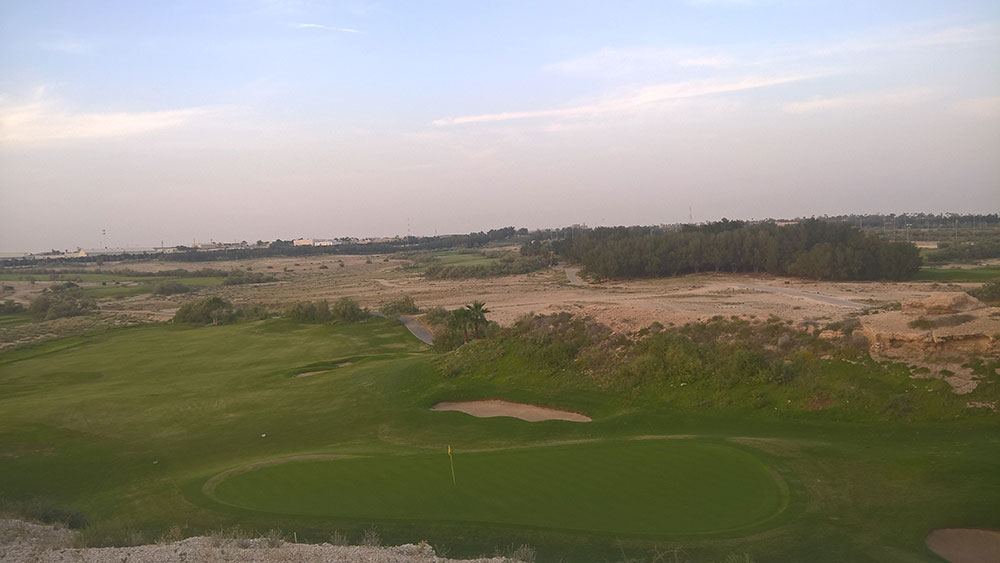
Not long after it, as result of the 1990 Persian Gulf crisis, Saudi Aramco emerged as one of the most influential participants in the global oil industry. Within just a few weeks of Iraq's invasion of Kuwait, Saudi Aramco increased its daily production by over 2.5 million barrels per day. The conflict devastated Kuwait's oil-producing infrastructure and international sanctions prevented Iraq from trading oil, thereby eliminating over 4.5 million barrels of oil production per day and triggering what Oil and Gas Journal called "one of the most severe crises in the world's oil supplies since World War II." In fact, Petroleum Economist magazine asserted that Saudi Aramco "rescued the world from an oil supply crisis" by accelerating its plan to increase crude oil production capacity to ten million barrels per day from a target date of 1995 to 1992.
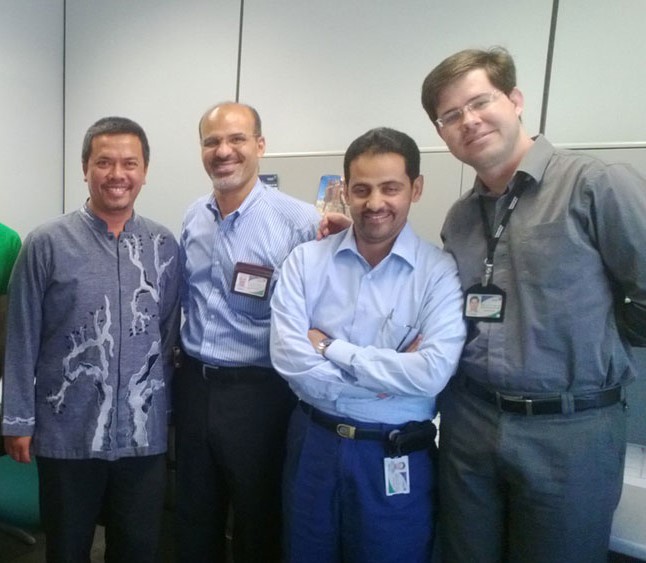
The year 1998 was turbulent for oil-producing countries, and Saudi Arabia was no exception. The Asian financial crisis, combined with a warm winter, drastically reduced the demand for oil worldwide. The Saudi economy, so completely dependent on oil exports, was badly shaken as a result. At that time, Crown Prince Abdullah began talks that would eventually lead to the reopening of the country's oil and gas industry to foreign companies (the industry was closed to foreign competitors since 1975, when the oil and gas fields were nationalized). Also in 1998, the company joined forces with Texaco and Shell to form Motiva Enterprises LLC. The new joint-venture consolidated the refining and marketing efforts of the three companies in the southern and eastern United States. Three years later, as part of the Texaco-Chevron merger talks, Saudi Aramco and Shell bought Texaco's share in Motiva, and the company became a 50-50 joint venture.
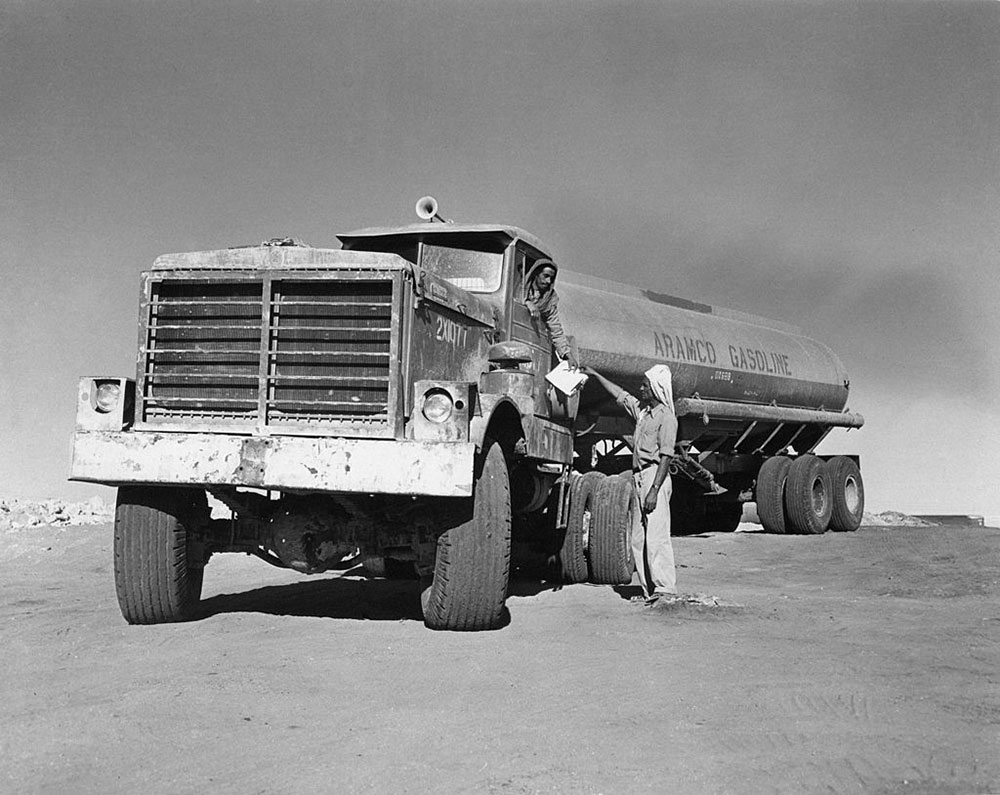
Oil prices rebounded in 1999, but following the terrorist attacks on the United States on September 11, 2001 oil prices dipped sharply again. The economic roller coaster in Saudi Arabia underlined the country's need for economic diversification. In addition, Saudi demand for natural gas was increasing as the kingdom's industrial base grew. In May 2001, Saudi Arabia announced three major natural gas projects, totaling $25 billion, in which Saudi Aramco is an equity holder ( Saudi Arabia holds approximately 4 percent of the world's gas reserves).
The early 2000s were marked by a rapid transition within Aramco and Saudi Arabia itself as the desire for diversification became amplified. During this period large investments in science and technology were made, most notably the construction of the research and development center in Dhahran and the King Abdullah University of Science and Technology. These efforts were intensified during the last 10 years, by setting the ground for a fully integrated and international energy company.
I joined Aramco in 2013 immediately after graduating from Kaust. Since then I’ve been working on the gas program. I’m currently responsible for all reservoir simulation studies for the non-associated gas fields in the early Permian formation, comprising a total of 12 fields.
